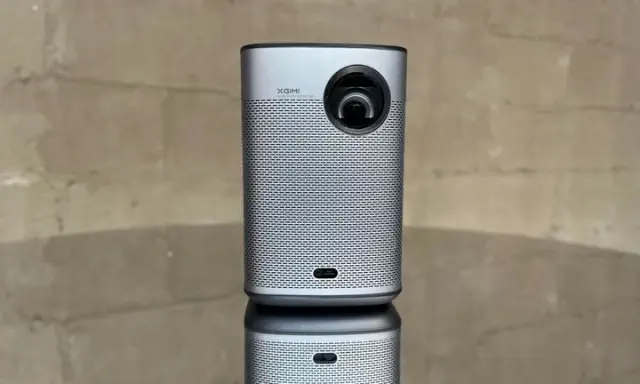
View pictures in App save up to 80% data.
Microsoft has announced that neural rendering capabilities are coming to DirectX soon. Cooperative vector support, as it’s called, will lead to “cross-platform enablement of neural rendering techniques,” according to Microsoft, and it will usher in “a new paradigm in 3D graphics programming.”
It sounds buzzy, but that’s not without reason. This past week, Nvidia announced its new range of RTX 50-series graphics cards, and along with them, it revealed a slate of neural rendering features. Neural shaders, as Nvidia calls them, allow developers to execute small neural networks from shader code, running them on the dedicated AI hardware available on Nvidia, AMD, Intel, and Qualcomm GPUs. Microsoft is saying that it will enable these features on all GPUs, not just those sold by Nvidia, through the DirectX API.
Microsoft is achieving this by implementing cooperative vector support, which the company claims “significantly enhances the efficiency of neural rendering methods.” This feature permits matrix multiplication to be executed directly from shader code—the instructions that your GPU runs—enabling neural networks to operate independently of the GPU brand. Currently, all leading GPU manufacturers offer specialized AI hardware, and cooperative vectors will empower developers to leverage that hardware via shader code.
Cross-vendor support for neural shaders is a big deal. In generations past, Nvidia maintained a closed system of middleware dubbed GameWorks that would only work on Nvidia graphics cards. The suite included features like PhysX in games like and as well as HairWorks in games like and
With broad neural rendering support through DirectX, it will hopefully encourage developers to include neural shaders without fear of locking out certain players. Nvidia has already demonstrated the capabilities of neural rendering with features such as the Neural Radiance Cache, which uses a neural network to infer light bounces in a path-traced scene, enhancing both the visual quality and performance of games that feature path tracing.
Despite the recent announcement of DirectX, it will be some time before we witness neural rendering features in video games. Nvidia and Microsoft are currently in the early stages of developing these innovative rendering methods, meaning it may take a few years before we encounter a game utilizing compact neural networks via shader code. However, the possibilities are immense, and these advancements could lead to a significant evolution in rendering capabilities, especially with support from GPUs across various manufacturers.










